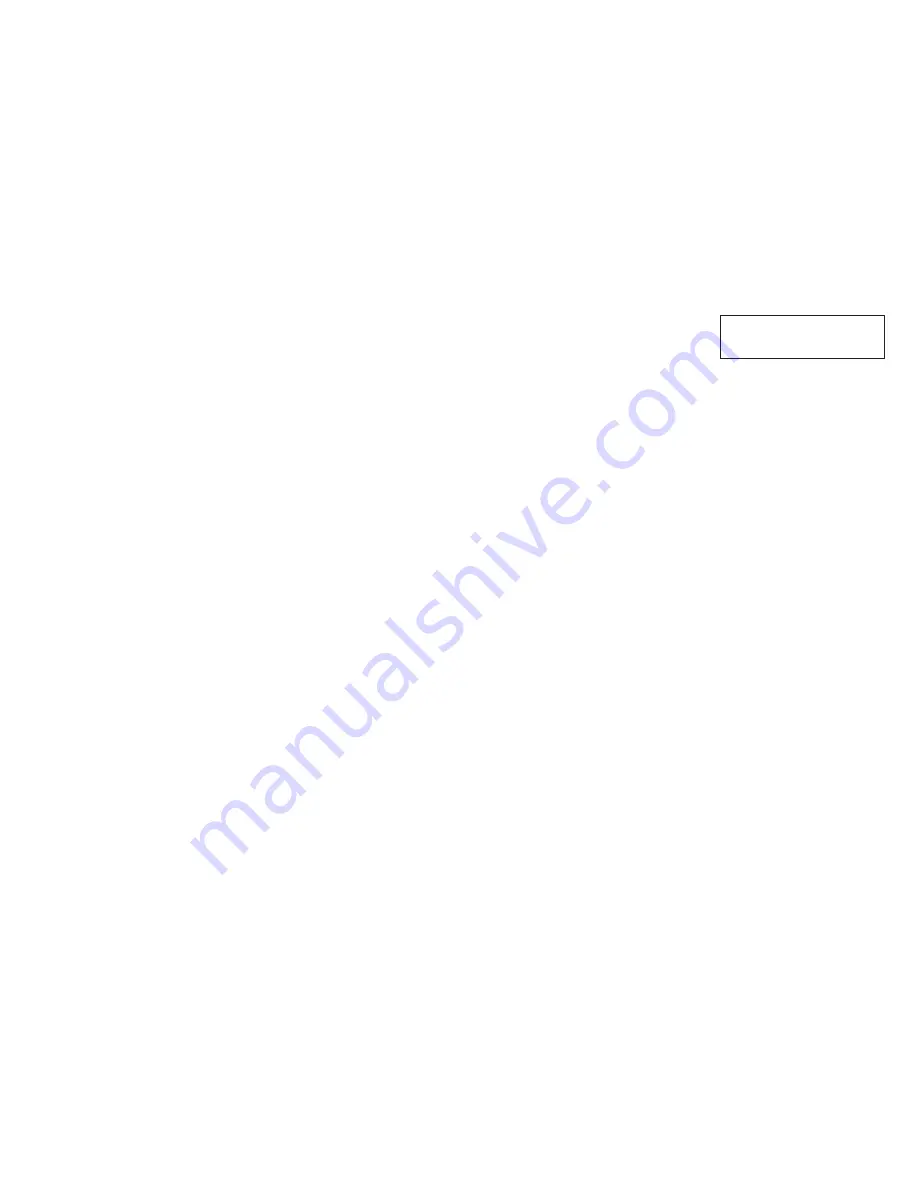
10
Timing and Counting with Voyager
The previous section dealt with logging sensor readings over time.
But Voyager can also be used to time and count single and multiple events to derive different data, frequently used in Physics but some functions are
useful in other fields as well, like counting.
In our context we refer to an event as a change in sensor value. Normally these are digital sensors like push buttons or light gates which have just two
states, on or off. But Voyager can also use some analogue level sensors as event triggers, the best example being SmartEye which can be used both
as an analogue light level sensor or digital timing sensor.
This section deals with the digital and timing related functions built into Voyager, but note that you can also do much more with timing using Voyager
connected up to a computer running datalogging software such as LogIT Lab.
• Measuring Time with Voyager
Voyager can measure and display the amount of time between 2 events from one or more sensors.
Insert the sensor(s) you are going to time with and then press
?
until measure time is displayed.
This screen shows two time displays, old time, new time and ooo (sensor levels). Timing is a digital (on/off) event and the ooo shows what levels the
Voyager is seeing so making it easy to set sensors up. So if you are using the SmartEye sensor for example you can point it at a light source and break
the light beam to start or stop timing.
Voyager starts and stops timing when the input level changes from one level to another - you can also use the
✔
key to manually start and stop timing,
helpful when setting up and also for use as a simple stopwatch! You can leave timing mode by pressing
✘
.
• Measuring Speed with Voyager
Voyager has a built in facility to measure speed directly when used with the specified 20cm card. It calculates the speed by timing how long it takes for
a known width of card (in Voyager
’
s case 20cm) to pass through a light path to calculate the speed (in metres per second). Although primarily designed
for SmartEye it can also be used with other sensors such as Light gates. You can use the
✔
key to manually start and stop timing (helpful when setting
up). To leave Speed mode press
✘
.
• Counter
Voyager has a built in counter which increments on an event, such as a light beam being broken or the
✔
key being pressed. A simple function but
with the right sensor setup can be useful to count a ball bouncing, bubbles, even birds through a bird box.........!
You can also attach one or more Push switch sensor(s) to use it as a manual push button counter. To leave Counter mode press
✘
.
The timing facilities built into Voyager are enhanced when it is used with a computer running timing software, such as LogIT Lab, because a much
wider range of advanced facilities are possible including acceleration, SHM, Kinetic Energy, etc.
The experiment guide later in this handbook shows examples of investigations using timing facilities of Voyager.
Old New ooo
0.020 0.025 s



























